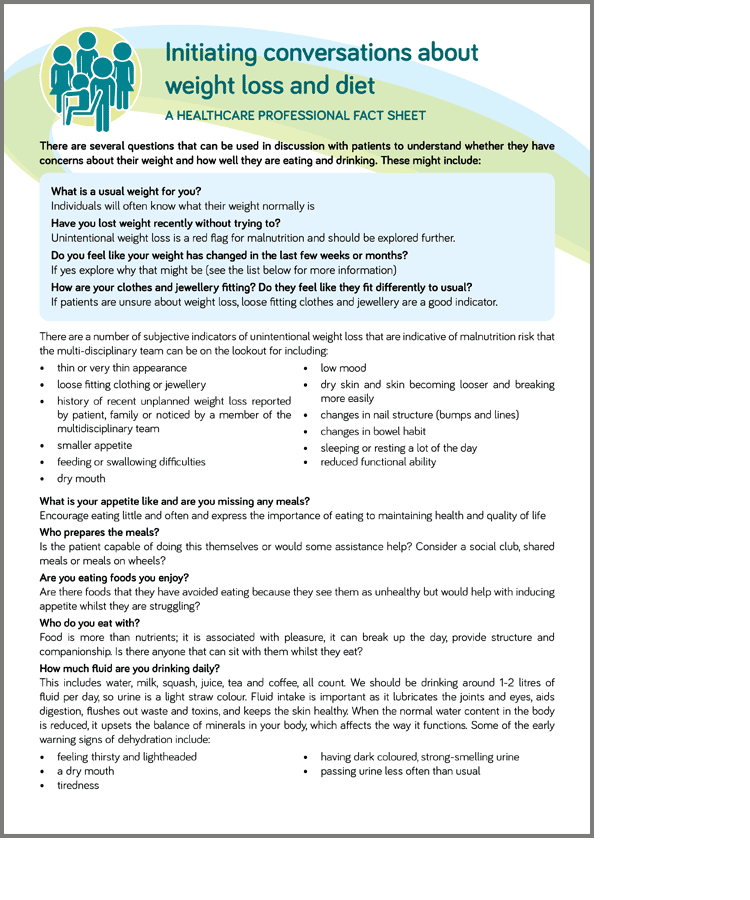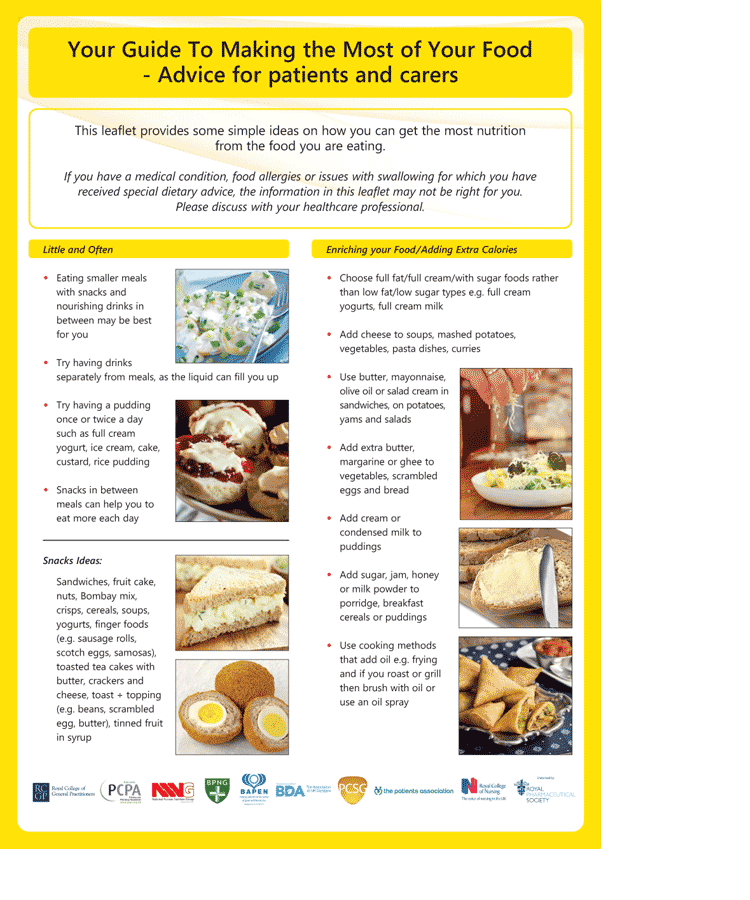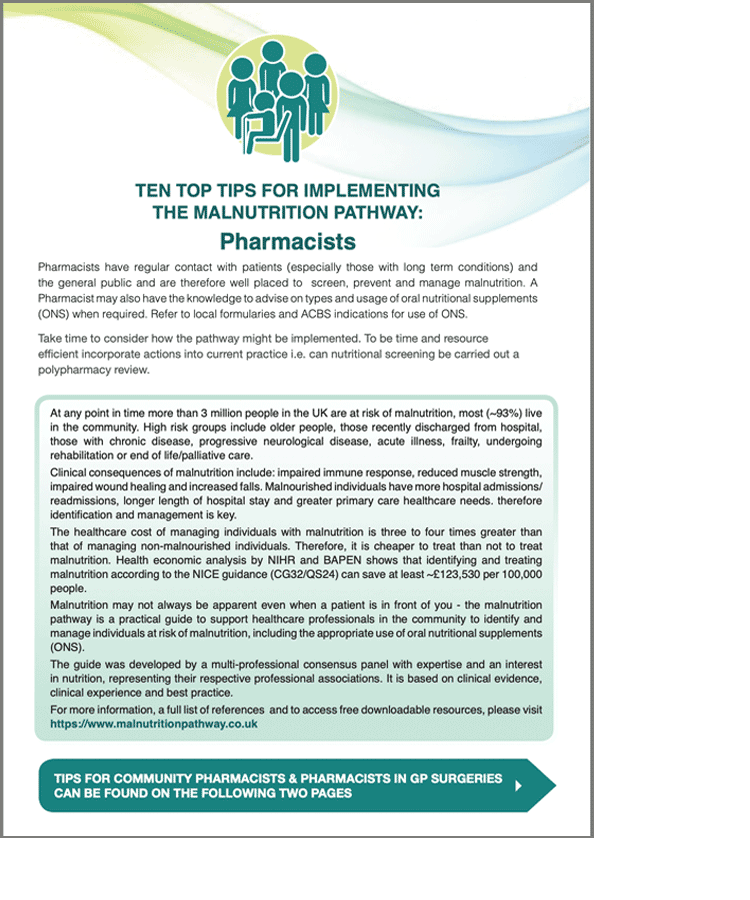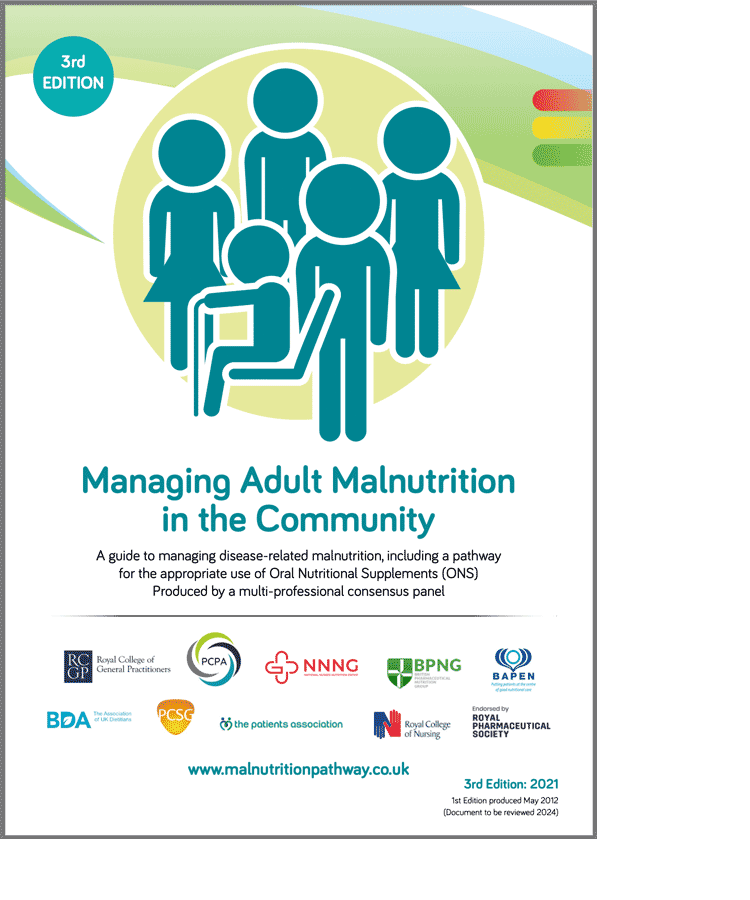Resources for
Community Pharmacists
Malnutrition Pathway Primary Care Network Portal
PCN RESOURCES HOME PAGE RESOURCES A-Z RETURN TO MAIN SITECommunity Pharmacists are responsible for dispensing prescriptions and providing over-the counter medicines to help people maintain and improve their lives. They are also responsible for monitoring the quality, safety and use of medicines and for providing advice and information about the use of medicines.
Community Pharmacists have regular contact with patients who could be at risk of malnutrition, such as the older person and those with long term conditions. They can play a significant role in identifying these patients providing advice about over the counter nutritional drinks and Oral Nutritional Supplements (ONS) and supporting those who need onward referral.
Recognising the signs of malnutrition can assist Community Pharmacists to provide a more holistic view of the patient’s health needs and contribute to better outcomes. Actions for consideration include:
Observe; build into conversations questions about any:

- New medicines or treatments (e.g. has an anti-emetic been added for nausea/vomiting)
- Is a medicine review needed to see if side effects are causing the problem?
- Changes in appetite
- Unexplained weight loss
- Swallowing issues (dysphagia)
- Any fatigue
A fact sheet focusing on initiating conversations regarding diet is available HERE
- Knowing a patient’s weight, weight history and height can be helpful
- Current weight and height will allow Body Mass Index (BMI) to be calculated and documented. Comparison of current weight with weight 3 months/6 months ago will identify weight loss. The BAPEN MUST SELF-SCREENING TOOL is an easy access tool to determine malnutrition risk which can be used by professionals, patients and carers.
- If current weight is not known or cannot be measured there are a number of SUBJECTIVE INDICATORS that are indicative of malnutrition risk that the Community Pharmacy team can be on the lookout for.

Patients at risk of malnutrition should be given advice on optimising food intake, encouraged to increase the frequency of eating and drinking nourishing drinks and advised on food. It is important that patients understand the importance of adopting such dietary advice particularly if they have historically followed healthy eating plans. Some discussion regarding following a more calorific diet may need to be had: the leaflet YOUR GUIDE TO MAKING THE MOST OF YOUR FOOD includes advice on food fortification, can support conversations and provides simple ideas on how patients can get the most nutrition from the food
Those who cannot achieve an adequate nutritional intake through these first line ideas should be referred to the GP/Practice Pharmacist/Dietitian for further assessment which may include consideration for an ONS ON PRESCRIPTION The Community Pharmacy team can discuss these issues with patients and suggest revisions to prescriptions if the product prescribed is not suitable.
- Monitor progress against the agreed goals identified on any prescription with a conversation at each issue of the ONS
- Continue to monitor and make regular assessment of progress to check patient remains stable especially those in whom a medical condition can have a marked and sudden effect on intake (consider relapsing conditions e.g., Chronic Obstructive Pulmonary Disease, (COPD), Irritable Bowel Disease, (IBD))
- Ensure patient remains concordant with the daily quantity of ONS, takes them between meals and does not get flavour fatigue
- Where possible, liaise with local Dietitians / dietetic department about the potential training for all staff to carry out malnutrition monitoring and appropriately deal with supply of ONS


